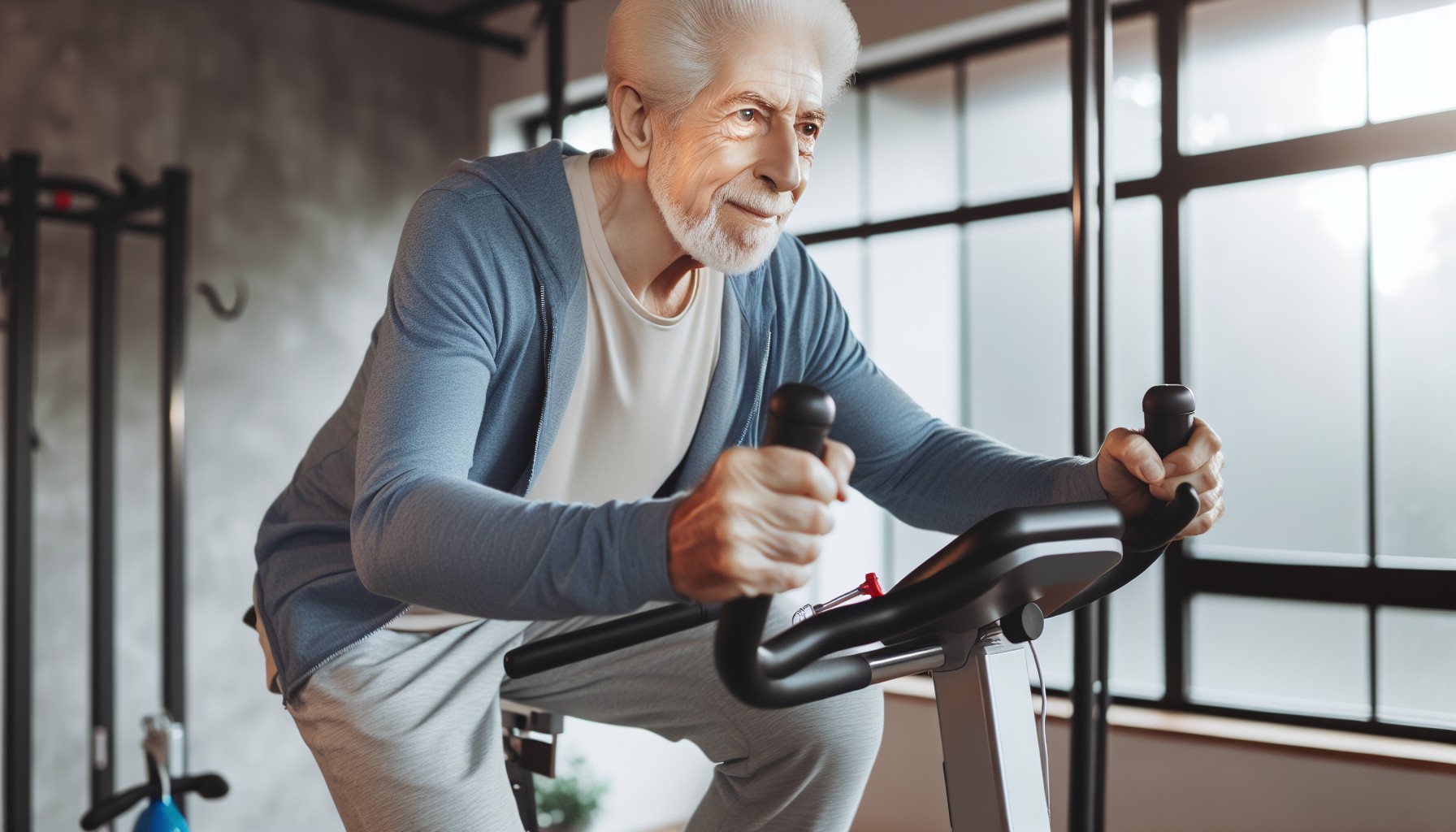Hip Muscle Strengthening After Hip Replacement
If you’ve had a hip replacement or you’re planning to have one, it’s important to understand that surgery alone doesn’t automatically bring back your full strength. Many people assume they’ll quickly get back to normal activities soon after surgery, but new research shows it often takes more effort—and more time—than they expect.
Let’s explore this topic in simple terms, highlighting recent research findings, practical tips, and why ongoing rehabilitation is essential for your full recovery.
What Does the Latest Research Say?
Recently, scientists conducted a study on 91 women who underwent hip replacement surgery due to severe arthritis. They compared these women to a group of healthy women who hadn’t had surgery, measuring the strength in their hip and knee muscles at different stages: before surgery, and then at 3, 6, and 12 months afterward.
Key Findings of the Study:
- Even after a full year, women who had hip replacements still had weaker muscles compared to women who never had surgery.
- On the operated leg, muscle strength ranged from about 76% to 89% of what healthy individuals had.
- Surprisingly, the “good leg” (the one that wasn’t operated on) also had less strength than expected, meaning it wasn’t a reliable comparison for full recovery.
Why Muscle Strength Matters

Having weaker muscles after surgery can significantly impact your daily life in several ways:
- Walking Difficulty: Weak muscles mean it’s harder to walk longer distances or comfortably climb stairs.
- Poor Balance: Weakness around the hips makes it harder to maintain balance, increasing your risk of falls.
- Reduced Independence: You might find everyday activities—like getting dressed, standing up from chairs, or gardening—more challenging.
Practical Steps for Better Recovery
The good news is that you can actively improve your muscle strength after surgery with the right approach. Here are some straightforward tips to help you:
1. Start Early but Carefully
Recovery exercises usually begin soon after surgery, guided by your physiotherapist. Early exercises focus on gentle movements to promote healing without overstressing your joint.
- Simple activity: Gentle ankle pumps and light knee movements while lying in bed can help maintain circulation and start muscle engagement safely.
2. Strengthen Both Legs
As the study showed, the leg that didn’t have surgery is also weaker than expected. Strengthening both legs ensures good balance and prevents strain on the healthier side.
- Simple activity: Seated leg raises—sit comfortably and slowly lift one leg at a time straight ahead. Repeat gently.
3. Focus on Hip Abductors
Hip abductor muscles (located on the sides of your hips) showed the most significant strength loss in the research. Strong abductors help with balance and walking stability.
- Simple activity: Side leg lifts—stand near a stable surface (like a countertop or chair) for support. Slowly lift one leg out to the side, hold briefly, then slowly lower it.
4. Do More than Just Walking
Walking is excellent for building endurance, but it’s not enough on its own to regain strength after surgery. Targeted exercises that focus specifically on muscle strength are crucial.
- Simple activity: Mini-squats—hold onto a sturdy chair or countertop, slightly bend your knees as if you’re sitting, then slowly straighten back up.
5. Balance Training is Essential

Weak hip muscles affect your balance, increasing your risk of falls, especially as you age.
- Simple activity: Try standing on one leg (with a chair or table close by for safety). Gradually increase the amount of time you can balance safely.
6. Keep Going!
Many people stop rehabilitation exercises too soon, often after just a few months. This study highlights that full muscle recovery can take at least 12 months—or even longer.
- Important tip: Continue your strength and balance exercises consistently throughout the first year post-surgery, even if you feel much better. Consistency leads to full and lasting recovery.
Benefits of Home-Based Physiotherapy
Rehabilitation doesn’t always have to happen in a hospital or clinic. At-home physiotherapy provides several significant advantages:
- Comfort and Convenience: Recovering at home is often more relaxing and reduces stress.
- Personalized Attention: One-on-one support from a physiotherapist ensures exercises are safe and effective for your unique needs.
- Regular Motivation: Having regular sessions helps keep you motivated and accountable.
How Physio2Home Can Help You
At Physio2Home, we understand recovery is more than just getting through surgery—it’s about getting back to enjoying life fully. Our specialized home-based physiotherapy services are designed to support you at every step of your recovery journey:
- Personalized Exercise Plans: Tailored specifically for your recovery stage and individual needs.
- Expert Physiotherapists: Experienced professionals guide your recovery safely, ensuring you progress at the right pace.
- Convenient Home Visits: No need to travel to appointments. We come directly to your home, saving you time and energy.
- Consistent Support: We monitor your progress closely, adjusting exercises as needed to help you get stronger faster.
Real-Life Success Stories
Many of our clients have successfully regained full strength and independence following hip replacement surgery with our support. For example:
- Margaret, 73 years old: After her hip replacement, Margaret struggled with daily tasks and felt unsteady when walking. Our physiotherapists helped her regain her confidence, balance, and strength. Today, Margaret enjoys daily walks and gardening again without any fear of falling.
- John, 67 years old: John was frustrated by ongoing weakness months after surgery. Our tailored exercise plans helped him regain strength in both legs, improve his balance, and return to activities he loves, such as golfing and playing with his grandchildren.
Final Thoughts: Your Recovery Matters
The latest research clearly shows us that strength doesn’t just come back automatically after a hip replacement. Recovery takes time, commitment, and the right guidance.
With consistent, targeted exercises, careful balance training, and professional support, you can achieve a full and successful recovery. You don’t have to navigate this journey alone—Physio2Home is here to help every step of the way.
If you’ve had hip surgery or are preparing for one, make your rehabilitation a priority. Let our expert physiotherapists support your recovery safely, effectively, and comfortably at home.
Ready to start your journey to a stronger, healthier you? Contact Physio2Home today and schedule your free initial consultation.
Physio2Home—Expert care, right where you need it.

